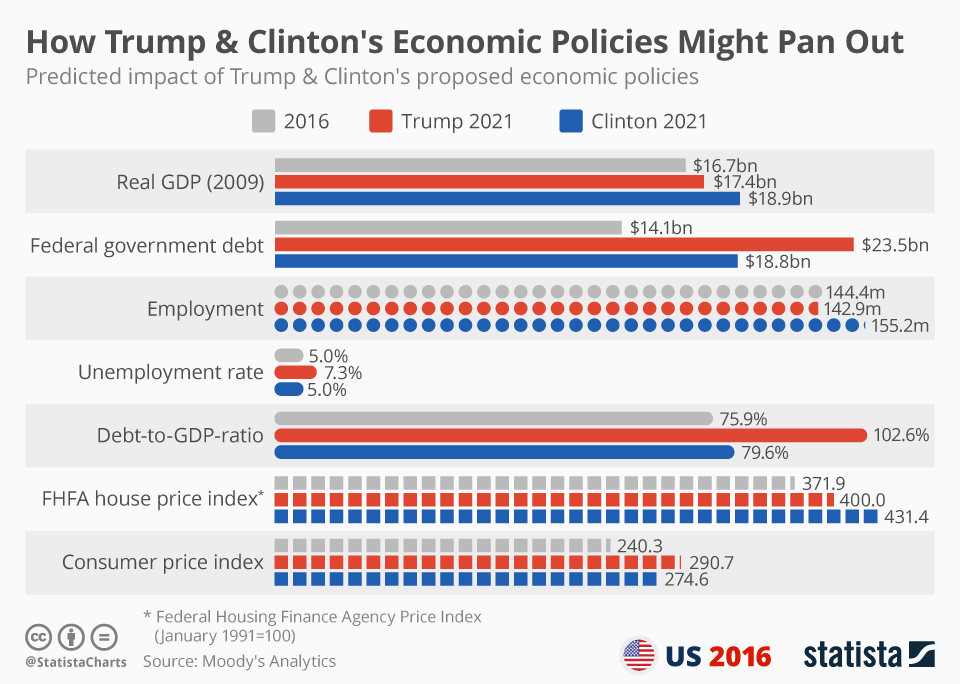Strained Ties: Examining The Growing Rift Between The United States And China

Table of Contents
Economic Competition: A Major Source of Friction
Economic competition stands as a primary driver of the growing rift in US-China relations. This rivalry manifests in several key areas, creating significant friction and impacting global markets.
The Trade War and its Aftermath
The US-China trade war, initiated in 2018, dramatically escalated tensions. It involved the imposition of tariffs on hundreds of billions of dollars worth of goods, leading to retaliatory measures from both sides. The consequences were far-reaching:
- Impact on specific industries: American farmers, manufacturers, and technology companies faced significant challenges due to tariffs and reduced market access. Chinese businesses also experienced disruptions and uncertainty.
- Retaliatory measures: Both countries implemented various retaliatory measures, including tariffs, restrictions on imports, and investment limitations, further exacerbating the conflict.
- Negotiations and agreements (or lack thereof): While there have been periods of negotiation and even limited agreements (like the "Phase One" deal), a comprehensive resolution remains elusive, leaving uncertainty in the future of bilateral trade.
Technological Rivalry
The competition for technological dominance is another major source of friction in US-China relations. This rivalry extends across several critical sectors:
- Examples of specific technological disputes: Disputes surrounding 5G technology, artificial intelligence development, and the production of semiconductors have become particularly contentious, with accusations of intellectual property theft and unfair competition.
- Implications for national security: Both countries view technological superiority as crucial for national security, leading to increased investment in research and development, as well as efforts to restrict the flow of technology to the other side.
- The role of intellectual property theft accusations: Accusations of intellectual property theft by Chinese companies have further fueled tensions and led to increased scrutiny of Chinese investments in the US.
Investment Restrictions and De-coupling
The trend towards restricting investments in each other's economies reflects a growing distrust and a move towards economic decoupling:
- Examples of investment restrictions: Both the US and China have implemented restrictions on investments in sensitive sectors, hindering economic cooperation and integration.
- Arguments for and against decoupling: While some argue that decoupling is necessary to protect national security and economic interests, others warn of the potential for significant economic disruption and global instability.
- Potential economic consequences: A complete decoupling of the two largest economies in the world would have profound and unpredictable consequences for global markets and economic growth.
Geopolitical Tensions and Strategic Competition
Beyond economic competition, geopolitical tensions and strategic competition significantly contribute to the strained US-China relationship.
The South China Sea Dispute
The ongoing territorial disputes in the South China Sea represent a significant flashpoint:
- Claims by various nations: Multiple nations, including China, Vietnam, the Philippines, and others, have overlapping claims in the South China Sea, leading to frequent confrontations.
- Military build-up: China's significant military build-up in the region, including the construction of artificial islands and the deployment of advanced weaponry, has heightened tensions.
- International legal challenges: International legal challenges to China's claims have further complicated the situation and contributed to regional instability.
Taiwan's Status and Cross-Strait Relations
The issue of Taiwan is perhaps the most volatile aspect of US-China relations:
- One China policy: China considers Taiwan a breakaway province and has vowed to reunify it with the mainland, by force if necessary.
- US arms sales to Taiwan: The US continues to provide arms to Taiwan, a move that angers China and is seen as a violation of the One China policy by Beijing.
- China's military posture towards Taiwan: China's increasingly assertive military posture towards Taiwan has raised concerns about the potential for military conflict.
Influence in Emerging Markets
Both the US and China are competing for influence in developing countries:
- Examples of competition in specific regions: Competition is evident in Africa, Latin America, and Central Asia, with both countries vying for strategic partnerships and economic investment opportunities.
- The role of soft power: Both nations use soft power, including diplomacy, cultural exchange, and development aid, to enhance their influence in these regions.
- Implications for global governance: This competition impacts global governance structures and the ability of international organizations to address global challenges effectively.
Ideological Differences and Human Rights Concerns
Fundamental ideological differences and human rights concerns further exacerbate the already tense US-China relationship.
Divergent Political Systems
The contrasting political systems of the US and China represent a deep source of friction:
- Impact on human rights, freedom of speech, and political dissent: The US's emphasis on democratic values and human rights clashes sharply with China's authoritarian model, creating significant tensions.
Human Rights Abuses in Xinjiang and Hong Kong
Concerns over human rights abuses in Xinjiang and the erosion of autonomy in Hong Kong have drawn international condemnation:
- International responses, sanctions, diplomatic tensions: The international community has responded with sanctions, diplomatic pressure, and condemnation of China's actions.
Information Warfare and Propaganda
Information warfare and propaganda play a significant role in escalating tensions:
- Examples of propaganda campaigns: Both countries engage in disinformation campaigns and propaganda efforts to shape international perceptions and influence public opinion.
- Impact on public opinion: These campaigns contribute to mistrust and misunderstanding, making it harder to find common ground.
- The role of social media: Social media platforms are increasingly used as tools for disseminating propaganda and disinformation, further fueling tensions.
Conclusion
The strained relationship between the United States and China is a complex and multifaceted issue, encompassing economic competition, geopolitical tensions, and deep-seated ideological differences. The ongoing disputes over trade, technology, territorial claims, and human rights create a volatile environment with potentially significant global consequences. The future of US-China relations remains uncertain, with the potential for both escalation and de-escalation depending on the choices made by both governments. Understanding the intricacies of US-China relations is crucial for navigating the challenges of the 21st century. Continue exploring this critical relationship to stay informed about the ongoing developments impacting global stability and the future of Sino-American relations.

Featured Posts
-
 January 6th Ray Epps Defamation Case Against Fox News Explained
Apr 22, 2025
January 6th Ray Epps Defamation Case Against Fox News Explained
Apr 22, 2025 -
 The La Wildfires And The Troubling Trend Of Betting On Calamities
Apr 22, 2025
The La Wildfires And The Troubling Trend Of Betting On Calamities
Apr 22, 2025 -
 Harvard Faces 1 Billion Funding Cut Trump Administrations Ire
Apr 22, 2025
Harvard Faces 1 Billion Funding Cut Trump Administrations Ire
Apr 22, 2025 -
 Are Investors Betting Against The Odds A Look At The Current Market
Apr 22, 2025
Are Investors Betting Against The Odds A Look At The Current Market
Apr 22, 2025 -
 The Distributional Effects Of Trumps Economic Policies
Apr 22, 2025
The Distributional Effects Of Trumps Economic Policies
Apr 22, 2025
